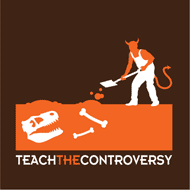 oth the Obama and McCain campaigns about key issues facing the country, including energy, water, minerals, natural hazards, climate change, and sustainability, in which the geosciences play a key role.
oth the Obama and McCain campaigns about key issues facing the country, including energy, water, minerals, natural hazards, climate change, and sustainability, in which the geosciences play a key role.The American Geological Institute's Government Affairs Program has engaged 40+ representatives from among its member societies in recent months to identify the Earth science related issues facing whoever will be President next year. The The AGI Executive Council has similarly been working on the plan, which is expected to be taken to the transition teams in both campaigns in August. Linda Rowan is coordinating the AGI effort.
The Geological Society of America, as a member society of AGI, is participat
 ing in this initiative, but they are also developing their own program through the newly established Washington DC office, headed by Craig Schiffries.
ing in this initiative, but they are also developing their own program through the newly established Washington DC office, headed by Craig Schiffries.The American Association of Petroleum Geologists also has a DC office, with David Curtiss recently taking over from the retiring Don Juckett. AAPG is wo
 rking with AGI but also expects to develop a specialized set of materials on energy issues, built around the AGI package.
rking with AGI but also expects to develop a specialized set of materials on energy issues, built around the AGI package.














































